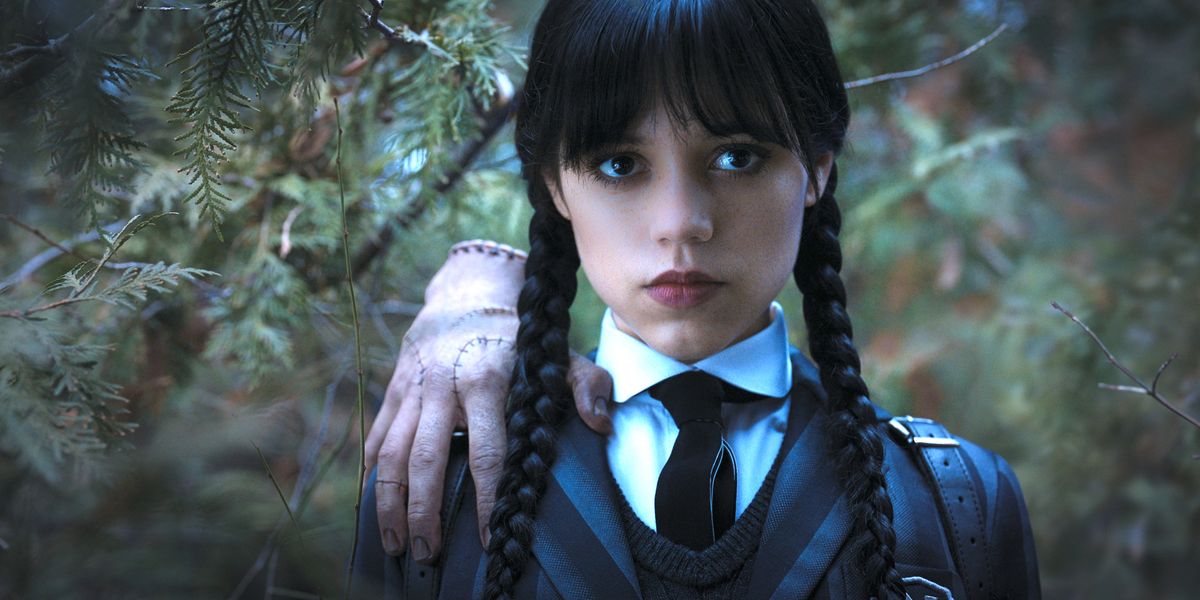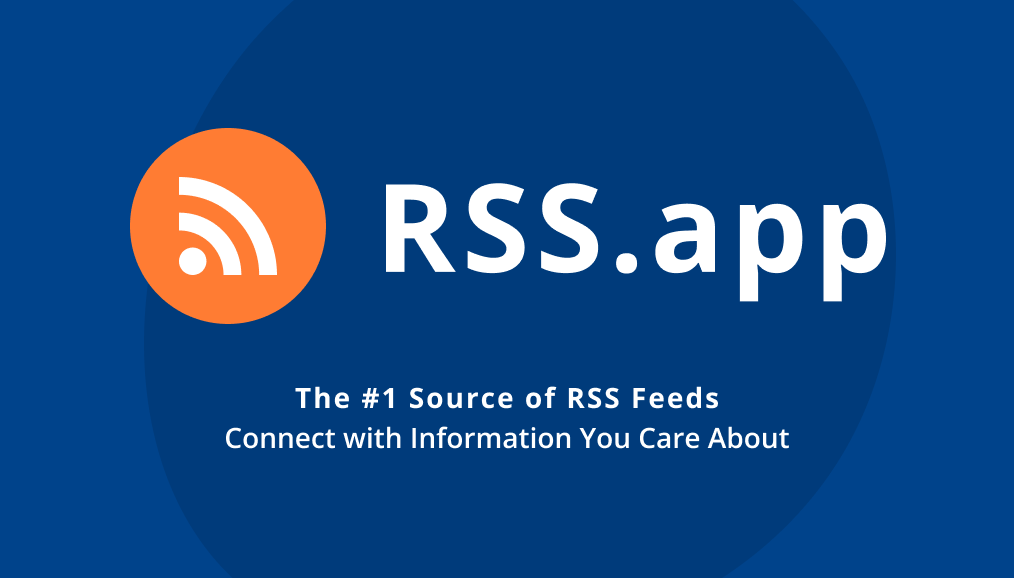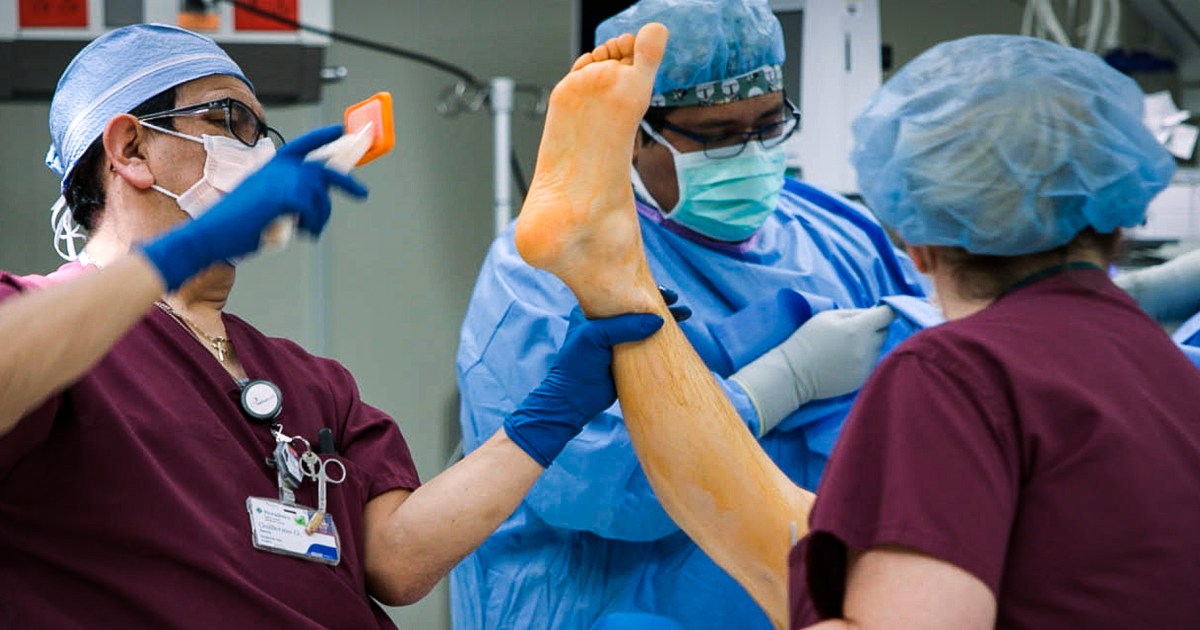
Australian Major League Baseball superstar Liam Hendriks has shared his diagnosis with Non-Hodgkin’s Lymphoma and wants to shine a light on the struggle that affects millions of people worldwide.
Liam Hendriks is arguably the best Baseball player Australia has ever produced. The 33-year-old pitcher has been a force in the MLB for more than a decade, with more career strikeouts than any other Australian player under his belt. Hendriks has been forced to take time away from the game after revealing he’s been diagnosed with Non-Hodgkin’s Lymphoma (NHL) and will begin treatment immediately.
Hendriks shared the news of his diagnosis on social media, “Recently I was diagnosed with Non-Hodgkin’s Lymphoma,” he wrote. “Hearing the word ‘Cancer’ came as a shock to my wife and I, as it does to millions of families each year.” Hendriks diagnosis comes as a shock. Given the Chicago White Sox star is only 33 years of age and in good physical condition, he doesn’t tick many boxes for warning signs. Proving cancer can impact anyone.
Hendriks views his diagnosis as an opportunity to use his platform and bring attention to cancer and the many people fighting it. “As a professional athlete, I have always been mindful to try and use my position in the public eye to the most positive ends possible by shining a light on causes or issues that touch close to home,” he said.
NHL affects the body’s immune system and occurs when malignant cancerous cells form in the lymph system, which plays an important role in the body’s ability to fight off disease. Treatment for NHL ranges from careful monitoring to more aggressive treatments such as chemotherapy and immunotherapy. It is the sixth most common type of cancer in the USA, with a five-year survival rate of 71%.
Hendriks was confident in making a full recovery and promised fans a return to baseball. “I am resolved to embrace the fight and overcome this new challenge with the same determination I have used when facing other obstacles in life,” he said. “My treatment begins tomorrow, and I am confident that I will make a full recovery and be back on the mound as soon as possible.”
After entering the MLB in 2011, Hendriks has plied his trade with five major league teams and cemented his place as one of the sport’s best closing pitchers and game changers. He has been an MLB All-Star three times in the last four seasons, was the American Leagues Relief Pitcher of the Year in consecutive years in 2020 and 2021 and has also amassed 724 career strikeouts, the most of any Australian player. Hendriks put pen to paper on a $US54 million contract with the Chicago White Sox in 2021, the biggest contract for a relief pitcher in league history.
White Sox general manager Rick Hahn announced the team’s full support for Hendriks throughout his cancer battle, “Our thoughts and reactions at this time are for Liam the person, not Liam the baseball player,” he said. “Knowing everyone involved, especially Liam, we are optimistic he will pitch again for the White Sox as soon as viable.”
Hendriks expressed optimism in the announcement of his diagnosis and is confident he’ll make a full recovery. “I know with the support of my wife, my family, my teammates and the Chicago White Sox organisation, along with the treatment and care from my doctors, I will get through this,” he wrote.
NHL is caused by changes in the white blood cells known as lymphocytes. These changes causes cells to multiply and grow uncontrollably. The cells can then spread to and affect other parts of the body.
NHL is more common in men than women. The risk of getting NHL increases with age, with around 70% of those diagnosed over the age of 50. People with weak or compromised immune systems are at much greater risk. While it is more common amongst these groups, anyone can be diagnosed with NHL, as Hendriks’ story indicates.
As NHL affects the body’s immune system, associated symptoms come in the form of less serious diseases and sicknesses. Fever, fatigue, night sweats, enlarged lymph nodes, chest pain and frequent infections are the most common symptoms.
Most cases of NHL are very treatable. Low-grade cancers don’t always require immediate medical treatment, as doctors may opt for a ‘watch and wait’ approach. High-grade NHL needs immediate treatment, which often come in the form of chemotherapy or radiotherapy, but typically responds well to treatment and can be cured.
NHL is the sixth most common cancer in the United States and makes up approximately 4% of all cancers. Around 80,000 are diagnosed with NHL in the USA every year.








